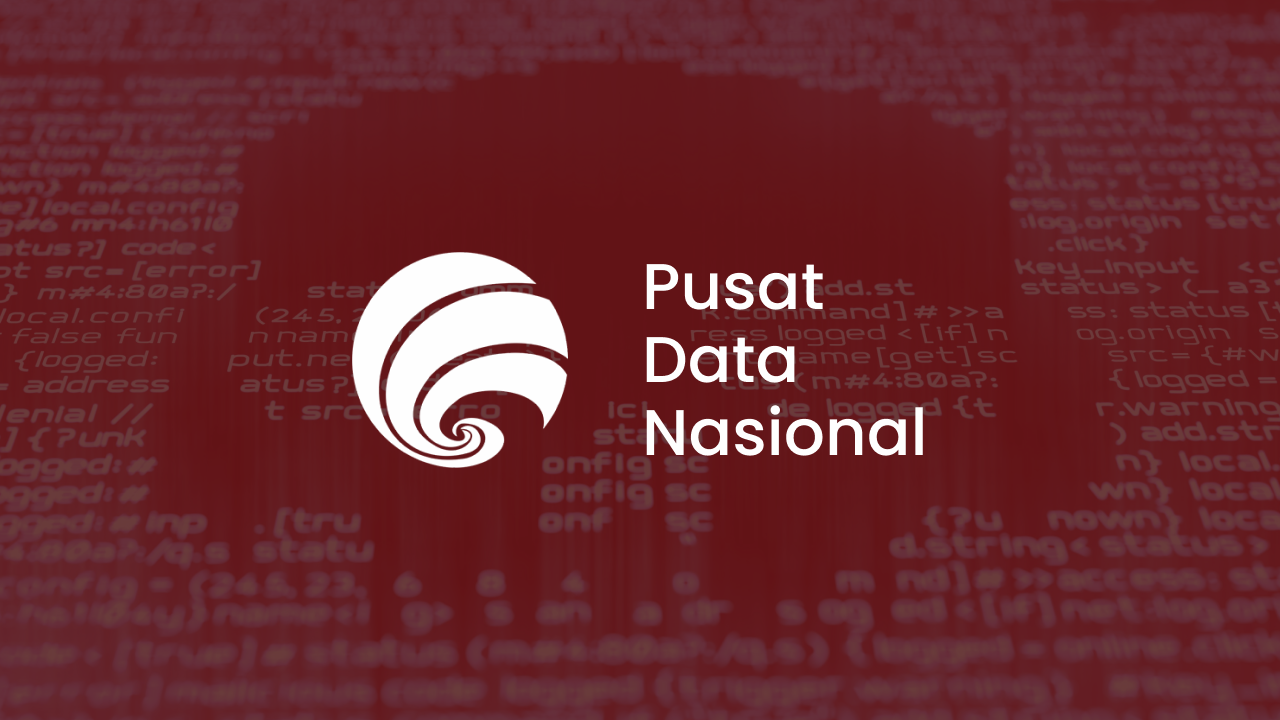By Patricia A. Pramono • Studio 1080, Published on June 05, 2024
TABLE OF CONTENTS
The e-commerce giant Tokopedia faced a data breach where 91 million user accounts were compromised, back in May 2020. Hackers reportedly sold this data for $5,000 on the dark web. Tokopedia's VP of Corporate Communications, Nuraini Razak, emphasized that the stolen data did not include passwords and that user data remained encrypted. The company reported the incident to the police and took steps to secure their systems (Tempo.com).
Air Asia has also faced its own cybersecurity nightmare back in 2021. The airline experienced a data breach that exposed the personal information of millions of passengers, including names, passport numbers, and travel itineraries. This incident not only disrupted their operations but also severely damaged customer trust.
These cases underscore a critical reality: no organization, regardless of its size, is immune to cyber threats. The damage of data breaches are far-reaching, affecting not just the immediate victims but also their customers, partners, and the broader market.
Understanding Data Breaches
A data breach occurs when unauthorized individuals gain access to sensitive information. This can happen due to various reasons such as hacking, insider threats, or inadequate security measures. The results are damaging severely, ranging from financial losses to reputational damage and regulatory penalties.
The Ripple Effect of Data Breaches
In most cases, the effect of a data breach extends beyond the immediate loss of data, but it can also lead to:
-
Regulatory Penalties: Fines and legal actions due to non-compliance with data protection regulations like GDPR and Indonesia's Personal Data Protection Law.
-
Reputational Damage: Loss of customer trust and loyalty, requiring significant effort and resources to restore.
-
Financial Losses: Direct costs such as data recovery and fines, and indirect costs like lost business and increased insurance premiums.
Diving Deeper into The Ripple Effect
Regulatory Consequences
With strict data protection regulations like GDPR and Indonesia's Personal Data Protection Law, organizations are at risk of severe fines and legal actions if found negligent in protecting personal data. For instance, Marriott faced a $23.8 million fine from the ICO for failing to meet GDPR standards (Hotel Tech Report) (Krebs on Security).
Reputational Damage
The reputational damage from a data breach can be long-lasting. Customers will lose their trust in a company’s ability to protect their data, leading to decreased customer loyalty and potential loss of business. Restoring a damaged reputation often requires significant effort and investment. A study by PwC found that 87% of consumers say that they will take their business elsewhere if they don’t trust a company to handle their data responsibly (Krebs on Security).
Financial Impact
Data breaches can be incredibly costly. According to IBM, the average cost of a data breach in 2020 was $3.86 million, emphasizing the massive financial burden these incidents can cause on businesses. Companies may face direct financial losses due to theft of funds or data recovery costs, as well as indirect costs such as loss of business, increased insurance premiums, and long-term reputational damage (Krebs on Security).
The Solution to Data Breaches
Vulnerability Assessment and Penetration Testing (VAPT) is a critical component of a very powerful cybersecurity strategy that can proactively fight data hackers. VAPT involves assessing an organization's IT infrastructure for vulnerabilities and simulating attacks to identify and exploit weaknesses before malicious attackers can. This will help organizations to strengthen their defenses and prevent potential data breaches.
Read more: Understanding VAPT, Definitions, Types and More
VAPT typically involves a series of steps:
-
Information Gathering: Collecting data to understand the scope and context of the systems being tested.
-
Expected Response Identification: Identifying expected responses within applications.
-
Test Case Creation: Developing test cases based on expected application responses.
-
Assessment and Testing Execution: Conducting the actual vulnerability assessments and penetration tests.
-
Report and Presentation Creation: Documenting the findings and presenting them along with recommendations for remediation.
The benefits of VAPT are many:
-
Significant Security Enhancement: Comprehensive testing to identify and address vulnerabilities before they can be exploited.
-
Regulatory Compliance: Helps organizations to meet necessary requirements.
-
Increased Trust and Reputation: Demonstrates a commitment to security, enhancing customer trust and confidence.
-
Reduced Financial and Legal Risks: Reduces risks associated with data privacy breaches and potential legal penalties
Read more: Maximizing Cybersecurity with VAPT Services
Conclusion
The ripple effect of data breaches reflects the importance of proactive cybersecurity measures. Organizations must prioritize the protection of sensitive data to avoid losses and damages to the company, and implementing VAPT can significantly strengthen an organization's security posture.
For comprehensive cybersecurity solutions, including VAPT, feel free to contact us! Our penetration testing service is designed to enhance the security of our clients' applications, systems, and business processes.
Our approach extends beyond a purely technical product perspective by also incorporating a thorough assessment of business process flows. This ensures comprehensive testing and meticulous identification of risks.
Contact us and set a meeting with our team today to protect your organization from the ripple effect of data breaches.
References:






